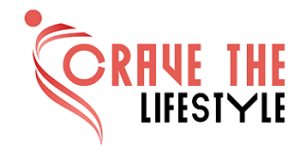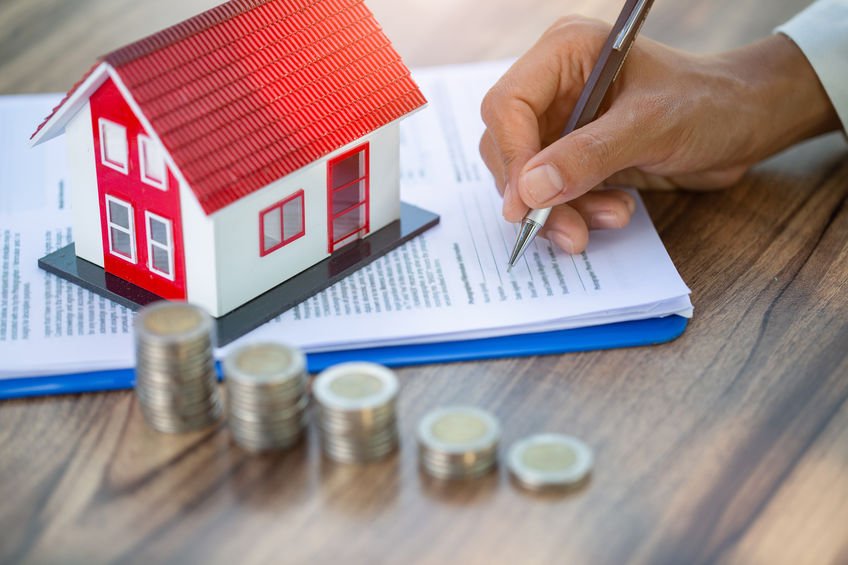Renting a property, whether you’re a first-time renter or a seasoned tenant, requires a thoughtful approach to ensure a smooth and stress-free experience. A well-organized Leasing Checklist can guide you through each stage of the rental process, from searching for the right property to signing the lease and moving in. Here’s a comprehensive step-by-step leasing checklist to help streamline your rental journey.
1. Determine Your Budget
Before starting your search, calculate how much rent you can afford based on your monthly income and expenses. A general rule of thumb is to spend no more than 30% of your income on rent. Don’t forget to factor in utilities, internet, renter’s insurance, and other monthly costs.
2. List Your Needs and Preferences
Create a list of must-have features (e.g., number of bedrooms, parking, pet-friendly policies) and nice-to-have amenities (e.g., gym, balcony, pool). Consider the location in terms of your workplace, public transportation, schools, and lifestyle preferences.
3. Start Your Search Early
Begin looking at rental listings at least 30–60 days before your desired move-in date. Use reputable online platforms, local classifieds, real estate agents, and social media groups to explore available options.
4. Schedule Property Tours
Once you’ve found potential rentals, schedule in-person or virtual tours. Inspect the condition of the unit, ask about included appliances, utility costs, and parking arrangements. Take photos or notes to help compare options later.
5. Check the Landlord or Property Manager
It’s important to rent from a responsible landlord or reputable property management company. Look for reviews online or ask current tenants about their experiences with maintenance, communication, and overall management.
6. Review the Lease Agreement Thoroughly
Once you’ve selected a rental, carefully read the lease agreement before signing. Pay attention to the lease term, rent amount, payment due dates, deposit requirements, maintenance responsibilities, guest policies, renewal conditions, and penalties for breaking the lease.
7. Understand Your Rights and Responsibilities
Familiarize yourself with local tenant laws regarding eviction notice periods, security deposit refunds, and maintenance obligations. This knowledge can protect you from unfair practices and help resolve disputes more effectively.
8. Prepare Required Documents
Have the necessary documentation ready, including a valid ID, proof of income (pay stubs, bank statements), employment verification, rental history, and references. Landlords often run background and credit checks, so ensure your information is accurate and up to date.
9. Pay the Security Deposit and Rent
Once approved, you’ll likely need to pay a security deposit and the first month’s rent. Get a receipt and make sure all payments are documented.
10. Conduct a Move-In Inspection
Before moving in, do a thorough walk-through with the landlord or manager. Take photos or videos of the unit’s condition and note any existing damage. This will be essential when reclaiming your security deposit later.
11. Set Up Utilities and Services
Arrange for utility connections such as electricity, water, gas, internet, and cable. Some landlords may include certain utilities in the rent, so clarify beforehand.
12. Move In and Enjoy Your New Home
Once everything is set, schedule your move and start settling into your new home. Stay organized with maintenance and communication, and keep a copy of the signed lease and other documents for future reference.
By following this step-by-step leasing checklist, renters can navigate the process with confidence and avoid common pitfalls. A little preparation goes a long way toward securing a comfortable and hassle-free rental experience.


 How can players manage limits while playing casino games?
How can players manage limits while playing casino games?  What should beginners know before playing online slots?
What should beginners know before playing online slots?  Essential Strategies to Prevent Tick Encounters Around Your Property
Essential Strategies to Prevent Tick Encounters Around Your Property  Redefining Intimacy: The Smart Era of Male Pleasure Devices
Redefining Intimacy: The Smart Era of Male Pleasure Devices  The Real Cost of Ignoring Broken Window Blinds in South Florida Homes
The Real Cost of Ignoring Broken Window Blinds in South Florida Homes  Sunscreen for Different Skin Types – How to Choose the Right One
Sunscreen for Different Skin Types – How to Choose the Right One  Overcoming Addiction and Mental Health Challenges: A Fresh Approach to Recovery
Overcoming Addiction and Mental Health Challenges: A Fresh Approach to Recovery  HVAC Businesses Thrive with the Right SEO Strategy
HVAC Businesses Thrive with the Right SEO Strategy 